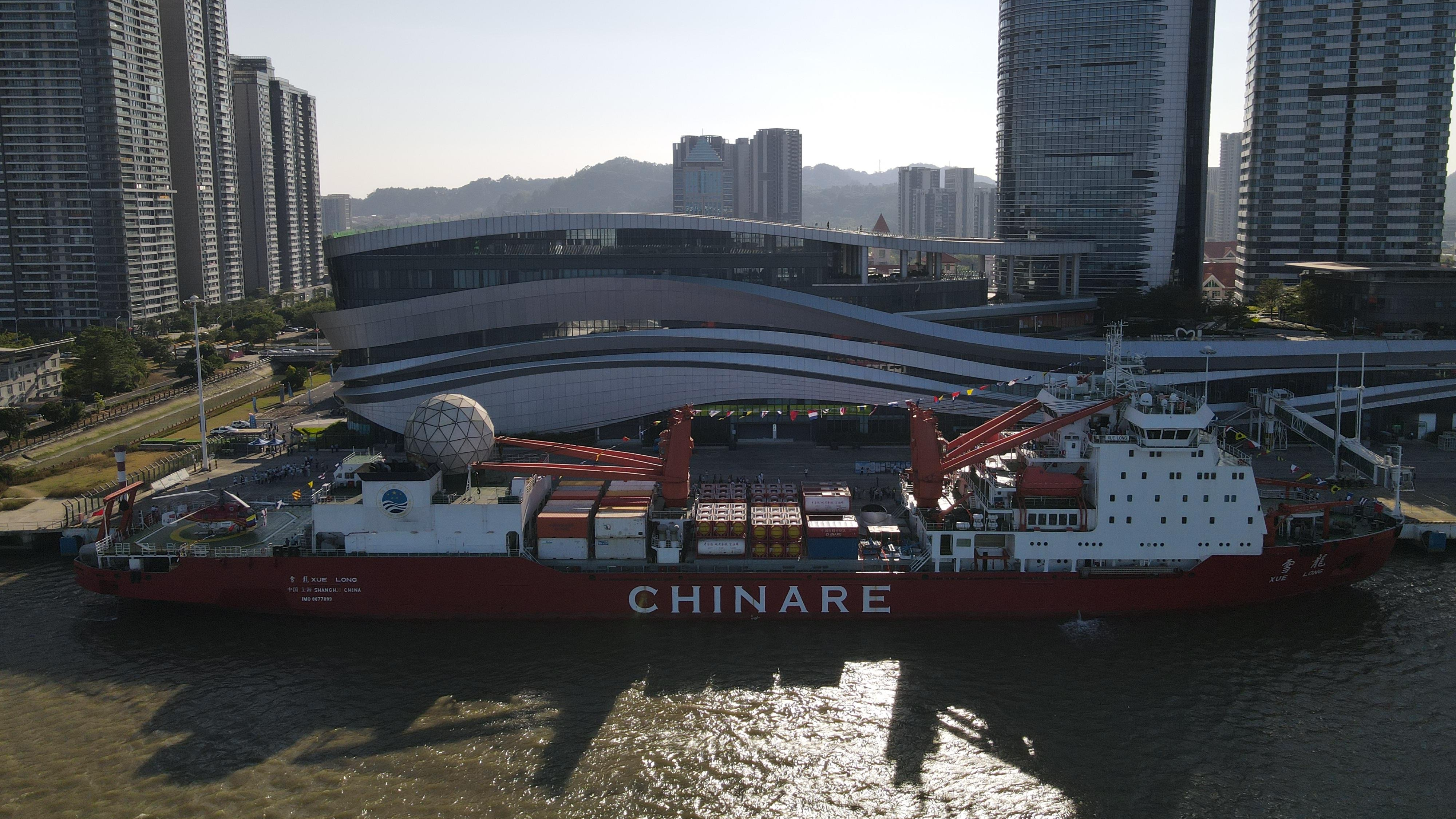China's 41st Antarctic expedition team set sail on Friday, starting a mission expected to last nearly seven months.
Over the coming months, researchers will build the supporting infrastructure for the Qinling Station in Antarctica, investigate the impact of climate change on the Antarctic ecosystem, and conduct international research and logistics cooperation.
The expedition will be carried out by three ships: research icebreakers Xuelong and Xuelong 2, or Snow Dragon and Snow Dragon 2, and cargo vessel Yong Sheng.
The Xuelong 2, which is designed to reach an economic speed of 15 knots, is expected to arrive in Antarctica on November 26.
The research team aboard the two research vessels will conduct extensive investigations and monitoring of biological ecology, water environment, sedimentary environment, atmospheric environment, and pollutant distribution, according to Long Wei, deputy head of the Chinese Arctic and Antarctic Administration.
"Relying on China's antarctic stations – Kunlun, Taishan, Zhongshan and Changcheng (Great Wall) – Chinese scientists will also carry out comprehensive surveys and monitoring of the ecosystem, nearshore marine environment, soil environment, geological environment, atmospheric environment, snow and ice environment and space environment. The research will provide an in-depth study of Antarctica's role in global climate change," he said.
The mission covers the Prydz Bay of East Antarctica, the Astronaut Sea, the Ross Sea of West Antarctica, the Amundsen Sea and adjacent waters of the Antarctic peninsula.
(With input from Xinhua)


